When you need an ancho chili pepper substitute, the top 5 options are pasilla, guajillo, Anaheim, poblano, and dried New Mexico chilies. Each has unique flavor and heat characteristics for different recipes, from mole sauce to salsas and stews.
Table of Contents
Introduction to Ancho Chili Peppers
The ancho chili pepper is a dried poblano pepper, known for its mild heat (1,000-2,000 Scoville units), smoky flavor, and sweet, raisin-like notes. It's a staple in Mexican cuisine for sauces, stews, and marinades. When unavailable, these substitutes ensure your dish maintains authentic flavor without compromising quality.
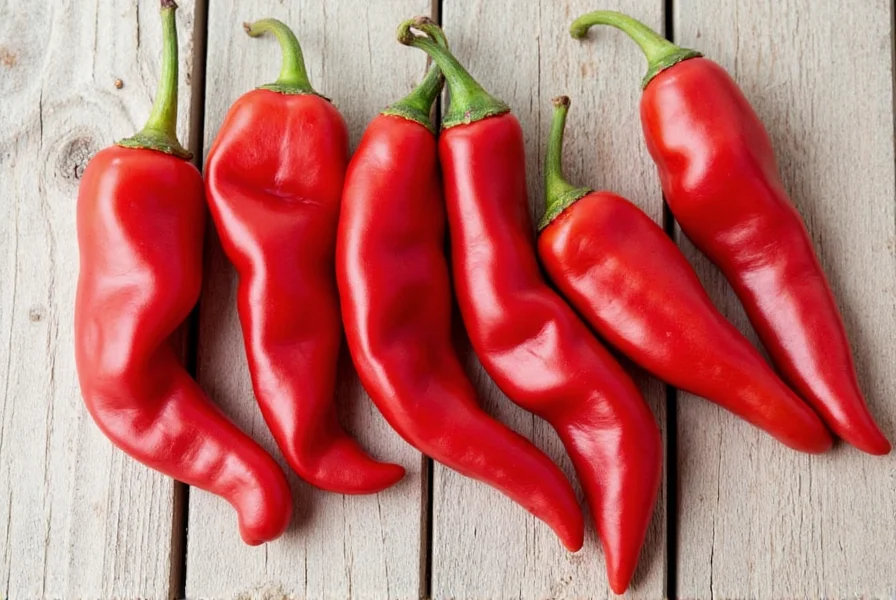
Why You Might Need an Ancho Chili Pepper Substitute
Common reasons to seek an ancho chili substitute include:
- Running out of ancho chilies during recipe preparation
- Seeking specific flavor variations for dishes like mole or salsa
- Dietary restrictions or availability issues in local stores
- Recreating traditional recipes with accessible ingredients
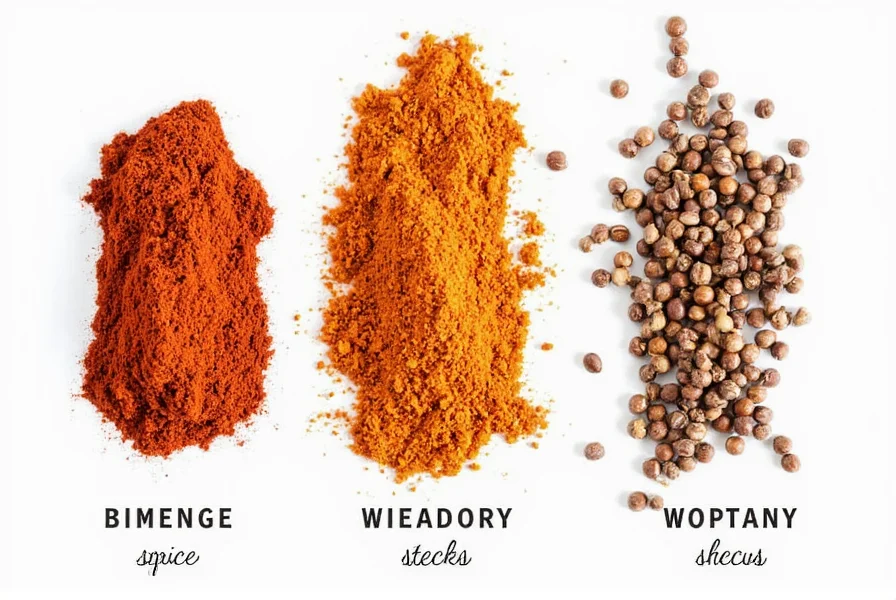
Top 5 Ancho Chili Pepper Substitutes
| Substitute | Scoville Units | Flavor Profile | Best Uses | Heat Adjustment |
|---|---|---|---|---|
| Pasilla | 1,000-2,000 | Smoky, sweet, raisin-like | Mole sauce, traditional stews | 1:1 ratio |
| Guajillo | 2,500-5,000 | Tangy, berry-like, medium heat | Salsas, enchilada sauces, tamales | Reduce by 20% for similar heat |
| Anaheim | 500-2,500 | Mild, fruity, slightly sweet | Stuffed peppers, soups, mild salsas | Use 1.5x for comparable flavor |
| Poblano | 1,000-2,000 | Earthy, mild bitterness, roasted sweetness | Chiles rellenos, roasting, sauces | 1:1 ratio for fresh; 1:0.8 for dried |
| Dried New Mexico | 1,000-2,000 | Smoky, robust, slightly hotter | Chili con carne, red sauces, stews | Reduce by 10% for similar heat |
Pasilla Chili Pepper
Pasilla chilies are the closest match to ancho in flavor and heat. Their smoky, sweet profile with raisin notes makes them ideal for mole sauce and traditional Mexican stews. Use a 1:1 ratio for seamless substitution.
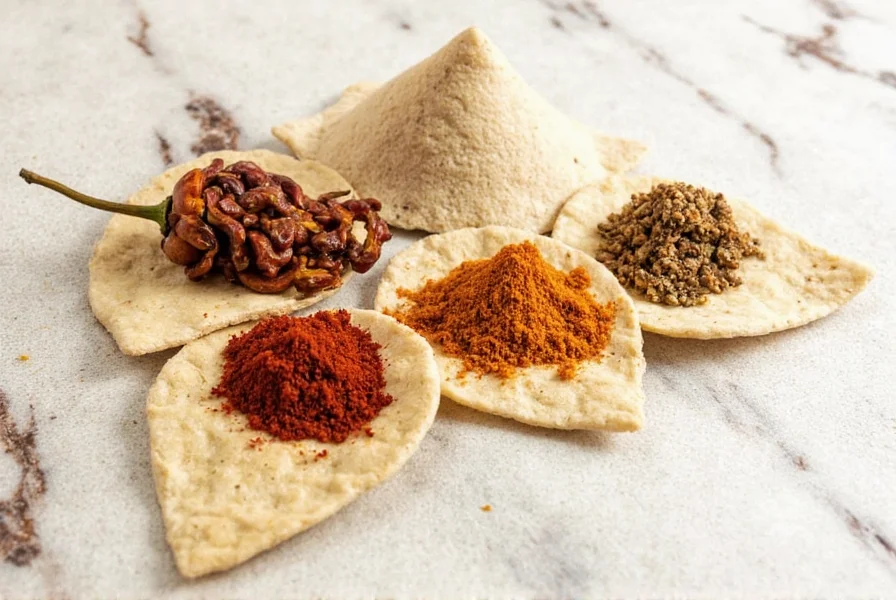
Guajillo Chili Pepper
Guajillo offers tangy, berry-like notes with medium heat. It excels in salsas and enchilada sauces but is slightly hotter than ancho. Reduce quantity by 20% to maintain balanced flavor.

Anaheim Chili Pepper
Anaheim provides mild, fruity sweetness with minimal heat. Perfect for beginners or dishes requiring subtle spice, like stuffed peppers or soups. Use 1.5 times the amount to compensate for lower intensity.

Poblano Chili Pepper
Poblano has earthy, slightly bitter notes that transform into sweetness when roasted. Ideal for chiles rellenos or sauces. Use 1:1 for fresh, but reduce dried quantity by 20% due to concentrated flavor.
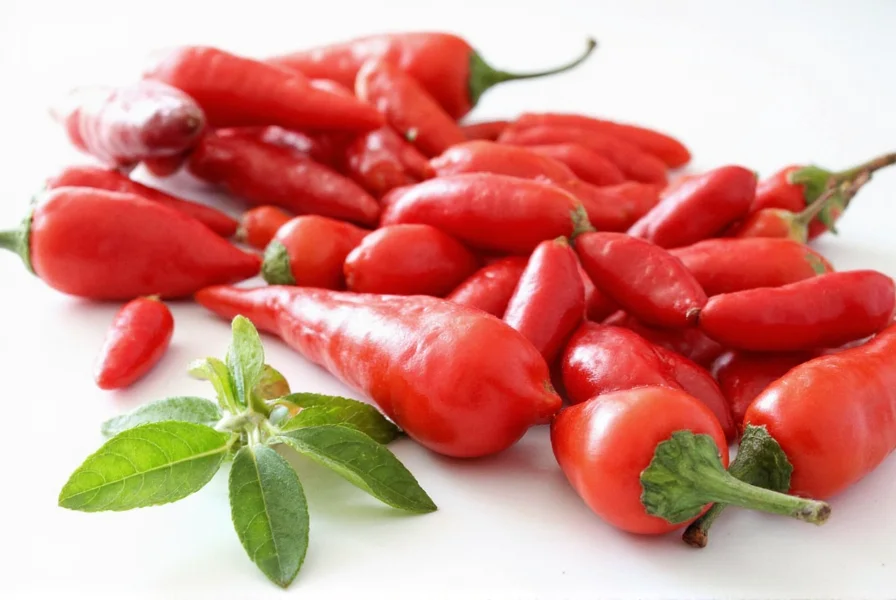
Dried New Mexico Chili Pepper
Dried New Mexico chilies deliver robust smokiness with slightly higher heat. Best for chili con carne and red sauces. Reduce quantity by 10% to avoid overpowering the dish.

Buying Guide for Ancho Chili Pepper Substitutes
When purchasing substitutes, prioritize freshness and proper storage:
- Check appearance: Look for plump, unblemished chilies with no mold or dry spots.
- Harvest date: For dried chilies, choose packages with recent harvest dates (within 6 months).
- Storage: Keep in airtight containers away from light and moisture to preserve flavor for 6-12 months.
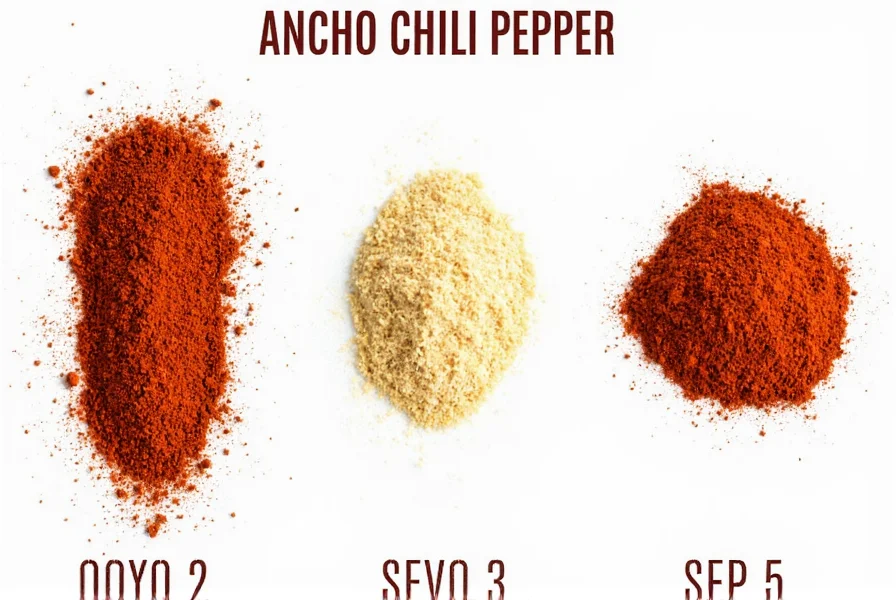
Cooking Tips with Ancho Chili Substitutes
Maximize flavor with these expert techniques:
- Roast or toast: Dry-roast chilies in a skillet for 1-2 minutes to enhance smokiness before grinding or soaking.
- Soak properly: Immerse dried chilies in hot water or broth for 20 minutes to soften and release oils.
- Adjust heat gradually: Start with 75% of the recommended substitute amount, then taste and adjust.
- Combine for complexity: Mix guajillo and pasilla for mole sauce, or Anaheim and New Mexico for chili con carne.
For mole sauce: Use 1 part pasilla + 1 part guajillo for authentic depth. For salsa: Replace ancho with guajillo and add 1 tsp cumin for brightness.
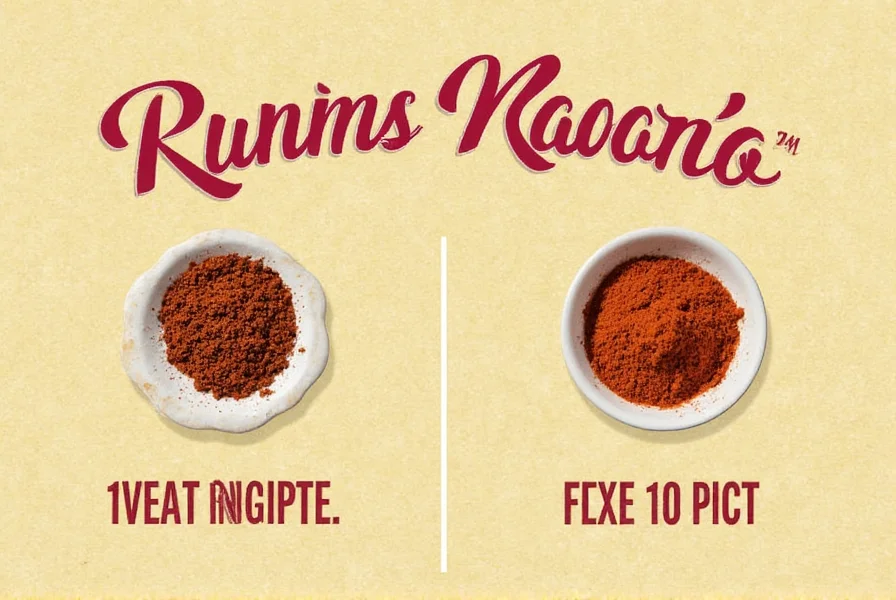
Frequently Asked Questions About Ancho Chili Pepper Substitutes
What is the closest substitute for ancho chili peppers?
Pasilla chili peppers are the closest match, sharing identical heat levels (1,000-2,000 Scoville units) and smoky, sweet flavor. Use a 1:1 ratio for mole, stews, and traditional Mexican dishes.
Can I use regular chili powder instead of ancho chili?
No. Regular chili powder contains additives like cumin and garlic powder, altering flavor. For pure ancho flavor, use pure ancho chili powder or substitute with pasilla/guajillo. If using chili powder, reduce quantity by 50% and add 1 tsp smoked paprika for depth.
How do I make ancho chili powder from fresh peppers?
Roast fresh poblanos until charred, steam for 15 minutes, peel skin, remove seeds, and dry at 150°F (65°C) for 8-12 hours. Grind into powder using a spice grinder. Store in airtight containers for up to 1 year.
Are ancho chilies very spicy?
No. Ancho chilies range from 1,000-2,000 Scoville units, making them mild compared to jalapeños (2,500-8,000). Their appeal lies in rich, complex flavor—not heat—making them versatile for delicate dishes.
What's the difference between ancho and chipotle peppers?
Ancho peppers are dried poblanos (mild, smoky), while chipotles are smoked jalapeños (hot, 2,500-8,000 Scoville). Chipotles add intense smokiness and heat; use half the amount when substituting for ancho. For mole, combine 1 part chipotle with 2 parts pasilla for balanced depth.
How should I store ancho chili substitutes to maintain freshness?
Store dried chilies in airtight containers in a cool, dark place for 6-12 months. For longer storage, freeze for up to 2 years. Fresh peppers should be refrigerated in paper bags for up to 2 weeks. Always check for moisture before use to prevent mold.
Conclusion
Understanding ancho chili substitutes empowers you to maintain authentic Mexican flavors even when ancho chilies are unavailable. By matching substitutes to specific recipes—like pasilla for mole or guajillo for salsa—you can achieve restaurant-quality results with confidence. Experiment with these alternatives to discover new dimensions in your cooking.


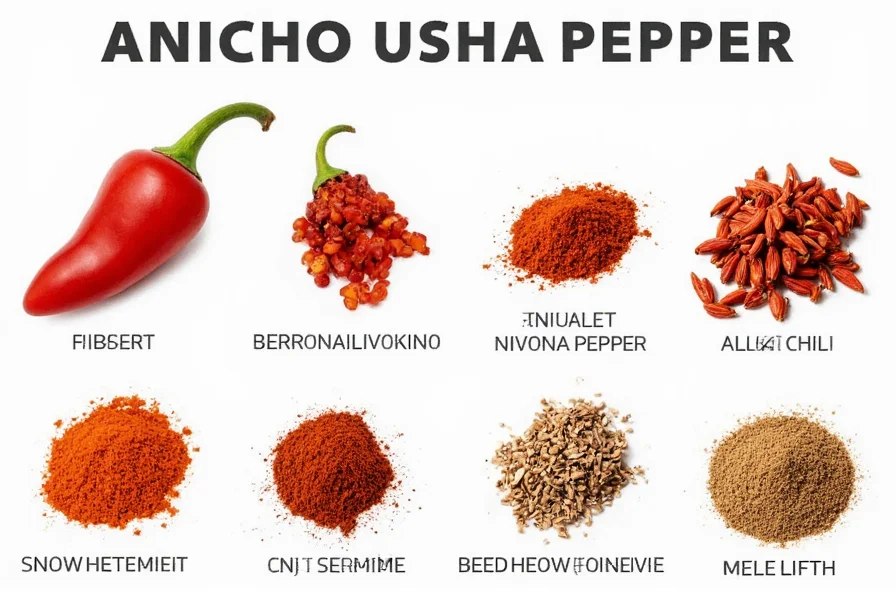









 浙公网安备
33010002000092号
浙公网安备
33010002000092号 浙B2-20120091-4
浙B2-20120091-4